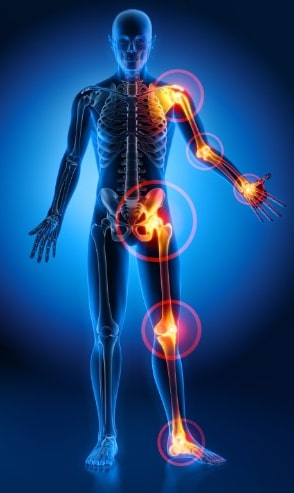A rheumatologist is a board-certified internist (a physician of internal medicine) or pediatrician who is qualified by additional training and experience in the diagnosis and treatment of arthritis and other diseases of the joints, muscles, and bones, including those that are inflammatory and autoimmune in nature.
What kind of training do rheumatologists have?
After four years of medical school and three years of training in either internal medicine or pediatrics, rheumatologists devote an additional two to three years in specialized rheumatology training. Most rheumatologists who plan to treat patients choose to become board certified. Upon completion of their training, they must pass a rigorous exam conducted by the American Board of Internal Medicine to become certified in rheumatology.
What do rheumatologists treat?
There are more than 100 types of rheumatic diseases and other conditions that rheumatologists treat, including: osteoarthritis, musculoskeletal pain disorders, osteoporosis, gout, back pain, fibromyalgia, tendonitis, certain autoimmune and inflammatory diseases, such as rheumatoid arthritis, lupus, antiphospholipid syndrome, and scleroderma, vasculitis, and myositis

Signs and symptoms of rheumatoid arthritis
Signs and symptoms of rheumatoid arthritis may include:
Tender, warm, swollen joints
Joint stiffness that is usually worse in the mornings and after inactivity
Fatigue, fever and loss of appetite
Early rheumatoid arthritis tends to affect your smaller joints first — particularly the joints that attach your fingers to your hands and your toes to your feet.
As the disease progresses, symptoms often spread to the wrists, knees, ankles, elbows, hips and shoulders. In most cases, symptoms occur in the same joints on both sides of your body.
About 40% of people who have rheumatoid arthritis also experience signs and symptoms that don't involve the joints.
Areas that may be affected include:
Skin, Eyes, Lungs, Heart, Kidneys, Salivary glands, Nerve tissue, Bone marrow, Blood vessels, Rheumatoid arthritis signs and symptoms may vary in severity and may even come and go. Periods of increased disease activity, called flares, alternate with periods of relative remission — when the swelling and pain fade or disappear. Over time, rheumatoid arthritis can cause joints to deform and shift out of place.
